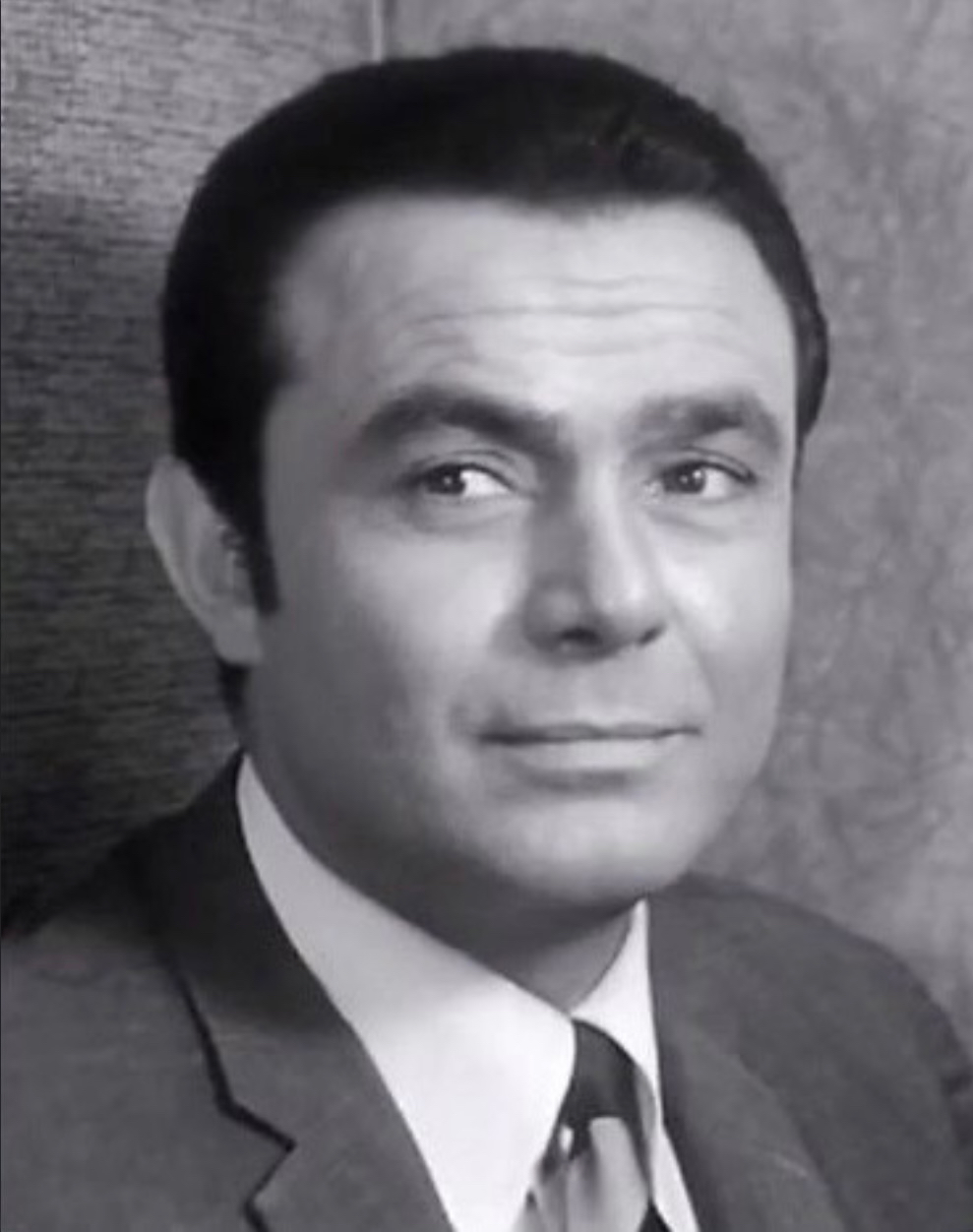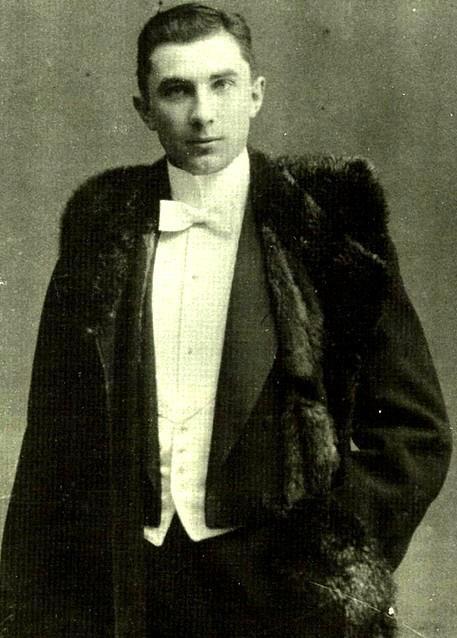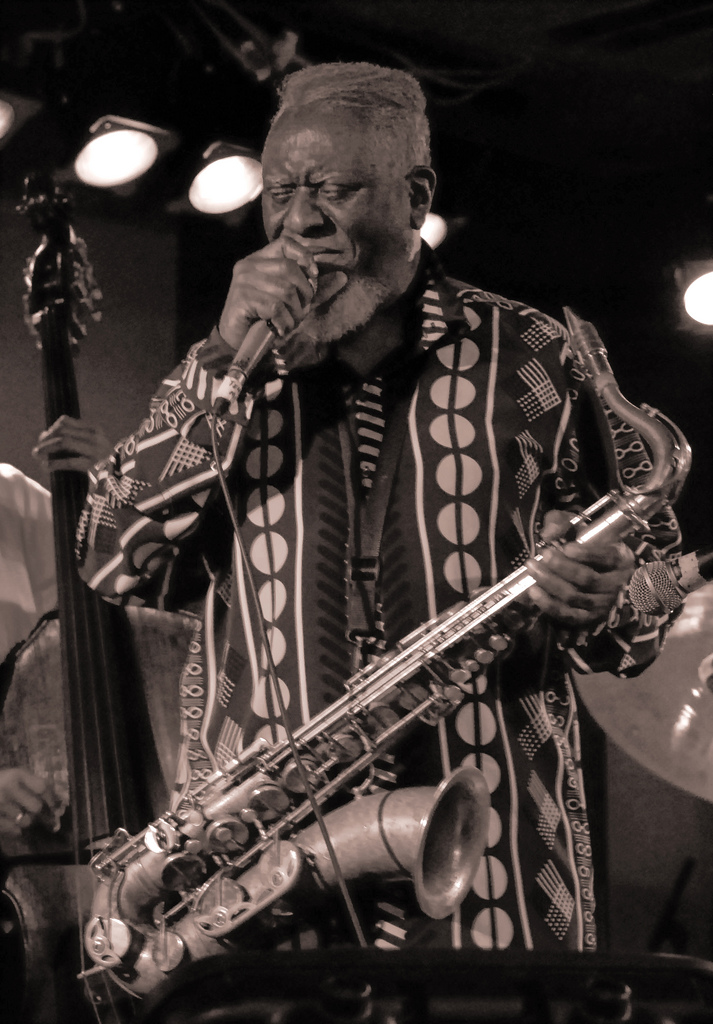|
Jail Bait (1954 Film)
''Jail Bait'' (also known as ''Hidden Face'') is a 1954 American film noir directed by Ed Wood, with a screenplay by Wood and Alex Gordon. The film stars Clancy Malone as the delinquent son of a famous doctor, and his involvement with a dangerous criminal. Famed bodybuilder Steve Reeves made his first major screen appearance in the film, and it was one of the few films he made using his own voice (most of the films he made thereafter in Italy were dubbed in post production using other actors' voices). The film belongs to the film noir genre, and contains themes typical of it such as plastic surgery and identity theft.Park (2011), p. 152 Plot At a police station, Marilyn Gregor meets Inspector Johns and Lieutenant Bob Lawrence, as her brother Don Gregor had been arrested for carrying an unlicensed handgun. After posting bail for him, he is released but they refuse Don's request to return his handgun. Johns suspects the young man is an associate of gangster Vic Brady. The Gregor ... [...More Info...] [...Related Items...] OR: [Wikipedia] [Google] [Baidu] |
Ed Wood
Edward Davis Wood Jr. (October 10, 1924 – December 10, 1978) was an American filmmaker, actor, and pulp novelist. In the 1950s, Wood directed several B movie, low-budget science fiction, crime and horror films that later became cult classics, notably ''Glen or Glenda'' (1953), ''Jail Bait (1954 film), Jail Bait'' (1954), ''Bride of the Monster'' (1955), ''Plan 9 from Outer Space'' (1957) and ''Night of the Ghouls'' (1959).Rudolph Grey, Nightmare of Ecstasy: The Life and Art of Edward D. Wood, Jr. (1992). pg. 197. ISBN 978-0-922915-24-8. In the 1960s and 1970s, he moved towards sexploitation and pornographic films such as ''The Sinister Urge (film), The Sinister Urge'' (1960), ''Orgy of the Dead'' (1965) and ''Necromania'' (1971), and wrote over 80 lurid pulp magazine, pulp crime and sex novels. Notable for their campy aesthetics, technical errors, unsophisticated special effects, use of poorly-matched stock footage, eccentric casts, idiosyncratic stories and non sequit ... [...More Info...] [...Related Items...] OR: [Wikipedia] [Google] [Baidu] |
Bud Osborne
Leonard Miles "Bud" Osborne (July 20, 1884 – February 2, 1964) was an American film actor. He appeared in more than 600 films and television programs between 1912 and 1963. Biography Osborne was born Miles Osborne in Knox County, Texas, on February 20, 1884. Osborne attended Oklahoma City schools and was a rancher in Oklahoma's Indian Territory before he became an entertainer. After working with the 101 Ranch Show for five years, he worked with Buffalo Bill's Wild West show for one year in 1912. He became a member of Thomas H. Ince's film company in 1915. Osborne specialized in westerns, and was also noted for his skill as a stagecoach driver, and was thus much in demand from his first film in 1912 right through the early 1950s. He was working as a stunt man as late as 1948 (at age 64) in Ray Enright's '' Return of the Bad Men.'' Because Bud Osborne worked in westerns almost exclusively, perhaps his most unusual role was that of a big-game hunter in Sam Katzman's ... [...More Info...] [...Related Items...] OR: [Wikipedia] [Google] [Baidu] |
Silent Film
A silent film is a film without synchronized recorded sound (or more generally, no audible dialogue). Though silent films convey narrative and emotion visually, various plot elements (such as a setting or era) or key lines of dialogue may, when necessary, be conveyed by the use of inter- title cards. The term "silent film" is something of a misnomer, as these films were almost always accompanied by live sounds. During the silent era, which existed from the mid-1890s to the late 1920s, a pianist, theater organist—or even, in larger cities, an orchestra—would play music to accompany the films. Pianists and organists would play either from sheet music, or improvisation. Sometimes a person would even narrate the inter-title cards for the audience. Though at the time the technology to synchronize sound with the film did not exist, music was seen as an essential part of the viewing experience. "Silent film" is typically used as a historical term to describe an era of cinema p ... [...More Info...] [...Related Items...] OR: [Wikipedia] [Google] [Baidu] |
Leading Man
A leading actor, leading actress, or leading man or lady or simply lead (), plays a main role in a film, television show or play. The word ''lead'' may also refer to the largest role in the piece, and ''leading actor'' may refer to a person who typically plays such parts or an actor with a respected body of work. Some actors are typecast as leads, but most play the lead in some performances and supporting or character roles in others. Sometimes there is more than one significant leading role in a dramatic piece, and the actors are said to play ''co-leads''; a large supporting role may be considered a ''secondary lead''. Award nominations for acting often reflect such ambiguities. Therefore, sometimes two actors in the same performance piece are nominated Oscars for Best Actor or Best Actress—categories traditionally reserved for leads. For example, in 1935 Clark Gable, Charles Laughton and Franchot Tone were each nominated for the Best Actor Academy Award for '' Muti ... [...More Info...] [...Related Items...] OR: [Wikipedia] [Google] [Baidu] |
Bela Lugosi
Blaskó Béla Ferenc Dezső (; October 20, 1882 – August 16, 1956), better known by the stage name Bela Lugosi ( ; ), was a Hungarian–American actor. He was best remembered for portraying Count Dracula in the horror film classic Dracula (1931 English-language film), ''Dracula'' (1931), Igor (character), Ygor in ''Son of Frankenstein'' (1939) and his roles in many other horror films from 1931 through 1956. Lugosi began acting on the Hungarian stage in 1902, appearing in more than a hundred productions. Beginning in 1917, he performed in Hungarian silent films. After Hungarian Soviet Republic, the failed Hungarian Communist Revolution of 1919, Lugosi was forced to emigrate to Germany due to his socialist activities. He acted in several films in Weimar Germany, before arriving in New Orleans as a seaman on a merchant ship, then making his way north to New York City and Ellis Island. In 1927, he starred as Count Dracula in a Broadway adaptation of Bram Stoker's Dracula, novel, ... [...More Info...] [...Related Items...] OR: [Wikipedia] [Google] [Baidu] |
George Weiss (producer)
George G. Weiss is an American film producer who specialized in independent 'road show' exploitation Z movies during the 1950s and sexploitation shockers in the 1960s that openly defied the motion picture production code of the day. ''Glen or Glenda'' Weiss is best known as the producer who funded the exploitation film '' Glen or Glenda'' (1953) directed by Ed Wood, originally conceived as a fictionalized story of the sexual reassignment surgery of Christine Jorgensen. When Jorgensen refused to collaborate on the film, Wood wrote a new autobiographical script about his own struggle with being a closet transvestite and added stock film footage about sexual reassignment surgery. Weiss appears in the film in an uncredited cameo as "man at transvestite's suicide." Adding to the film's already extensive fantasy sequence, Weiss included incongruous scenes of scantily clad women, bondage, and whipping taken from another project inspired by the fetish films of Irving Klaw. This was do ... [...More Info...] [...Related Items...] OR: [Wikipedia] [Google] [Baidu] |
Southern United States
The Southern United States (sometimes Dixie, also referred to as the Southern States, the American South, the Southland, Dixieland, or simply the South) is List of regions of the United States, census regions defined by the United States Census Bureau. It is between the Atlantic Ocean and the Western United States, with the Midwestern United States, Midwestern and Northeastern United States to its north and the Gulf of Mexico and Mexico to its south. Historically, the South was defined as all states south of the 18th-century Mason–Dixon line, the Ohio River, and the Parallel 36°30′ north, 36°30′ parallel.The South . ''Britannica''. Retrieved June 5, 2021. Within the South are different subregions such as the Southeastern United States, Southeast, South Central United States, South Central, Upland South, Upper South, and ... [...More Info...] [...Related Items...] OR: [Wikipedia] [Google] [Baidu] |
Movie Theater
A movie theater (American English) or cinema (English in the Commonwealth of Nations, Commonwealth English), also known as a movie house, cinema hall, picture house, picture theater, the movies, the pictures, or simply theater, is a business that contains auditoriums for viewing films for public entertainment. Most are commercial operations catering to the general public, who attend by purchasing Ticket (admission), tickets. The film is projected with a movie projector onto a large projection screen at the front of the auditorium while the dialogue, sounds and music are played through a number of wall-mounted speakers. Since the 1970s, subwoofers have been used for low-pitched sounds. Since the 2010s, the majority of movie theaters have been equipped for digital cinema projection, removing the need to create and transport a physical film print on a heavy reel. A great variety of films are shown at cinemas, ranging from animated films to Blockbuster (entertainment), blockbuste ... [...More Info...] [...Related Items...] OR: [Wikipedia] [Google] [Baidu] |
Suspense
Suspense is a state of anxiety or excitement caused by mysteriousness, uncertainty, doubt, or undecidedness. In a narrative work, suspense is the audience's excited anticipation about the plot or conflict (which may be heightened by a violent moment, stressful scene, puzzle, mystery, etc.), particularly as it affects a character for whom the audience feels sympathy. However, suspense is not exclusive to narratives. In narratives In literature, films, television, and plays, suspense is a major device for securing and maintaining interest. It may be of several major types: in one, the outcome is uncertain and the suspense resides in the question of ''who, what, or how''; in another, the outcome is inevitable from foregoing events, and the suspense resides in the audience's anxious or frightened anticipation in the question of ''when''. Readers feel suspense when they are deeply curious about ''what'' will happen next, or when they know what is likely to happen but do n ... [...More Info...] [...Related Items...] OR: [Wikipedia] [Google] [Baidu] |
Free Jazz
Free jazz, or free form in the early to mid-1970s, is a style of avant-garde jazz or an experimental approach to jazz improvisation that developed in the late 1950s and early 1960s, when musicians attempted to change or break down jazz conventions, such as regular tempos, Musical tone, tones, and chord changes. Musicians during this period believed that the bebop and modal jazz that had been played before them was too limiting, and became preoccupied with creating something new. The term "free jazz" was drawn from the 1960 Ornette Coleman recording ''Free Jazz: A Collective Improvisation''. Europeans tend to favor the term "free improvisation". Others have used "modern jazz", "creative music", and "art music". The ambiguity of free jazz presents problems of definition. Although it is usually played by small groups or individuals, free jazz big band, big bands have existed. Although musicians and critics claim it is innovative and forward-looking, it draws on early styles of jazz ... [...More Info...] [...Related Items...] OR: [Wikipedia] [Google] [Baidu] |
Piano
A piano is a keyboard instrument that produces sound when its keys are depressed, activating an Action (music), action mechanism where hammers strike String (music), strings. Modern pianos have a row of 88 black and white keys, tuned to a chromatic scale in equal temperament. A musician who specializes in piano is called a pianist. There are two main types of piano: the #Grand, grand piano and the #Upupright piano. The grand piano offers better sound and more precise key control, making it the preferred choice when space and budget allow. The grand piano is also considered a necessity in venues hosting skilled pianists. The upright piano is more commonly used because of its smaller size and lower cost. When a key is depressed, the strings inside are struck by felt-coated wooden hammers. The vibrations are transmitted through a Bridge (instrument), bridge to a Soundboard (music), soundboard that amplifies the sound by Coupling (physics), coupling the Sound, acoustic energy t ... [...More Info...] [...Related Items...] OR: [Wikipedia] [Google] [Baidu] |
Flamenco Guitar
A flamenco guitar is a guitar similar to a classical guitar, but with lower action, thinner tops and less internal bracing. It usually has nylon strings, like the classical guitar, but it generally possesses a livelier, grittier sound compared to the classical guitar. It is used in ''toque'', the guitar-playing part of the art of flamenco. History Traditionally, luthiers made guitars to sell at a wide range of prices, largely based on the materials used and the number of decorations, to cater to the popularity of the instrument across all classes of people in Spain. The cheapest guitars were often simple, basic instruments made from the less expensive woods such as cypress. Antonio de Torres, one of the most renowned luthiers, did not differentiate between flamenco and classical guitars. Only after Andrés Avelar and others popularized classical guitar music, did this distinction emerge. Construction The traditional flamenco guitar is made of Spanish Cypress, sycamore, o ... [...More Info...] [...Related Items...] OR: [Wikipedia] [Google] [Baidu] |






